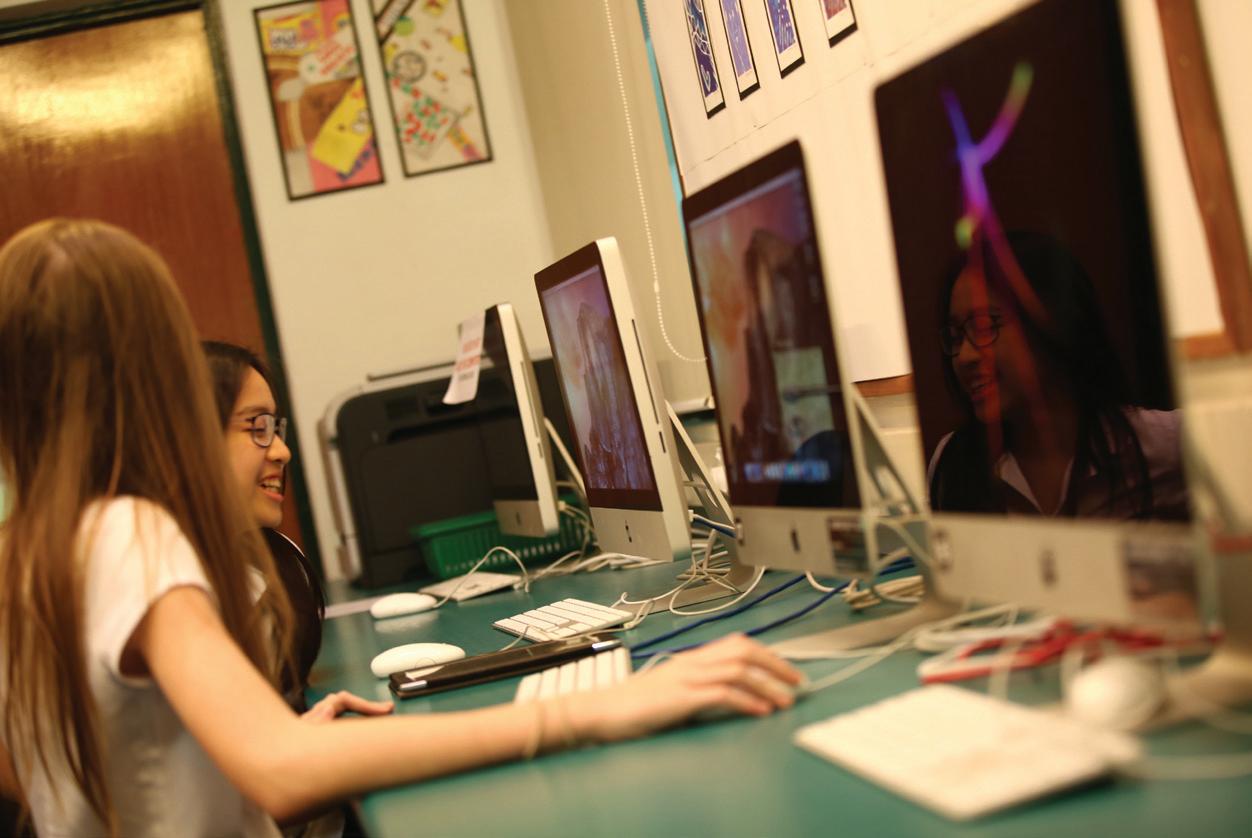
1 minute read
Classroom Design
Classroom Design >> Sharing and Learning Together - Spaces for Collaboration, Teamwork and Creativity By Roger Schultz, Head of School Alice Smith School, rschultz.ep@alice-smith.edu.my Modern learning spaces should be designed to be flexible in their use, supporting and encouraging different ways of learning and teaching and enabling collaboration and teamwork. Access to information through the internet, digital technologies and social media are altering the experiences and aspirations of learners and their teachers. pedagogy. Modern teaching methods are diverse and evolving and interactive pedagogies require spaces where connectivity is fundamental feature, ensuring everyone can see, communicate, connect, engage and interact.
More and more schools are providing facilities to deliver an outstanding modern education for the 21st century.
Does the design of learning spaces affect the way that learning can best take place and if so, why? Does the design of learning spaces affect the way that teachers can best lead and support the learning that takes place? What are the five most important design elements to consider in designing learning areas for the future?

Pedagogy, technology and space, carefully considered and integrated, define new learning spaces in schools. There is less direct instruction, with teachers adopting and developing constructivist teaching pedagogies, the “sage on the stage” giving way to the “guide on the side.” Classrooms and their surrounds need to support teachers moving among students to provide real-time feedback and direction and to support students in peer-to-peer learning.










